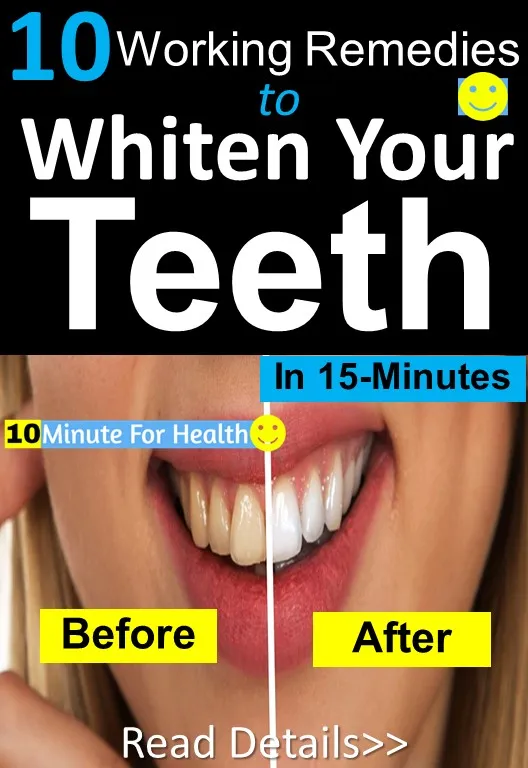Understanding Teeth Discoloration
Teeth discoloration is a common cosmetic concern that affects people of all ages. The natural color of teeth varies from person to person, ranging from light yellow to grayish-white. Over time, various factors can cause teeth to become stained or discolored, impacting the brightness of your smile. Understanding the underlying causes of discoloration is the first step in finding effective solutions to restore your pearly whites. The enamel, the hard outer layer of the tooth, is porous and can absorb stains from foods, drinks, and other substances. Additionally, the dentin, the layer beneath the enamel, naturally yellows with age, contributing to the overall discoloration of teeth.
Common Causes of Tooth Discoloration
Several factors can contribute to tooth discoloration. Extrinsic stains affect the enamel surface, while intrinsic stains originate from within the tooth structure. External factors include the consumption of staining foods and beverages, such as coffee, tea, red wine, and dark-colored berries. Smoking and chewing tobacco also leave behind unsightly stains. Aging is another significant contributor, as the enamel thins over time, revealing the yellowish dentin beneath. Certain medical treatments, such as chemotherapy and radiation, can cause tooth discoloration. Genetic predisposition also plays a role, as some individuals may be more prone to staining than others. Understanding these causes is crucial for implementing preventative measures and selecting the most suitable teeth whitening methods.
Foods and Drinks That Stain Teeth
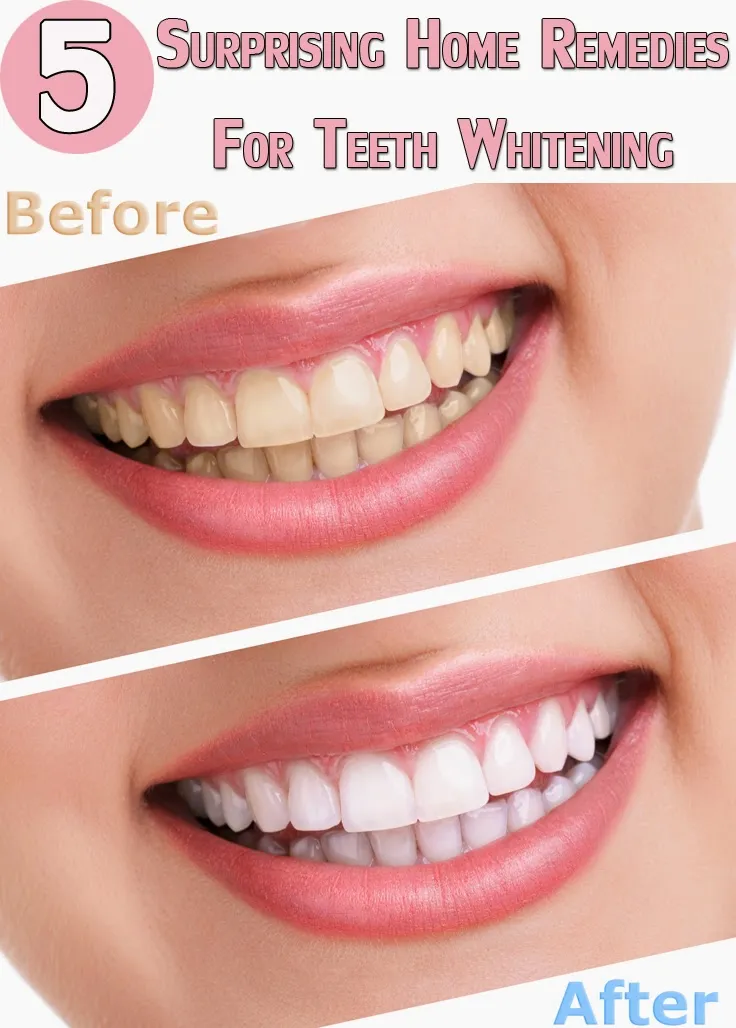
Certain foods and drinks are notorious for staining teeth due to their high pigment content and acidity. Coffee and tea contain tannins, which can cause stains to accumulate on the enamel surface over time. Red wine is another major culprit, as its deep color and acidity contribute to staining. Dark-colored sodas and sports drinks also pose a risk. Berries, such as blueberries, blackberries, and raspberries, contain vibrant pigments that can stain teeth. Curries and other heavily spiced foods can also contribute to discoloration. To minimize the impact of these foods and drinks, consider drinking them in moderation, using a straw to bypass your teeth, and rinsing your mouth with water after consumption.
Lifestyle Choices Impacting Teeth Color
In addition to diet, various lifestyle choices can significantly impact the color of your teeth. Smoking and chewing tobacco are major contributors to tooth discoloration. The nicotine and tar in tobacco products leave behind stubborn stains that can be difficult to remove. Poor oral hygiene practices, such as infrequent brushing and flossing, allow plaque and bacteria to accumulate, which can lead to staining and discoloration. Excessive alcohol consumption can also affect teeth color, as it can erode enamel and make teeth more susceptible to stains. Certain medications, such as tetracycline antibiotics, can cause intrinsic staining, especially in developing teeth. Adopting healthy lifestyle choices, including quitting smoking, maintaining good oral hygiene, and moderating alcohol consumption, can help preserve the natural whiteness of your teeth.
Top 5 Fast Teeth Whitening Home Remedies
If you’re looking to brighten your smile without professional treatments, several effective home remedies can help. These methods often utilize readily available ingredients and are relatively easy to implement. It’s essential to note that while these remedies can provide noticeable results, they may not be as dramatic as professional whitening. Consistency and proper usage are key to achieving the desired outcome. Before trying any home remedy, consult with your dentist to ensure it’s safe and appropriate for your specific dental health. The following are five popular and effective home remedies for teeth whitening that you can try.
Remedy 1 Baking Soda and Hydrogen Peroxide
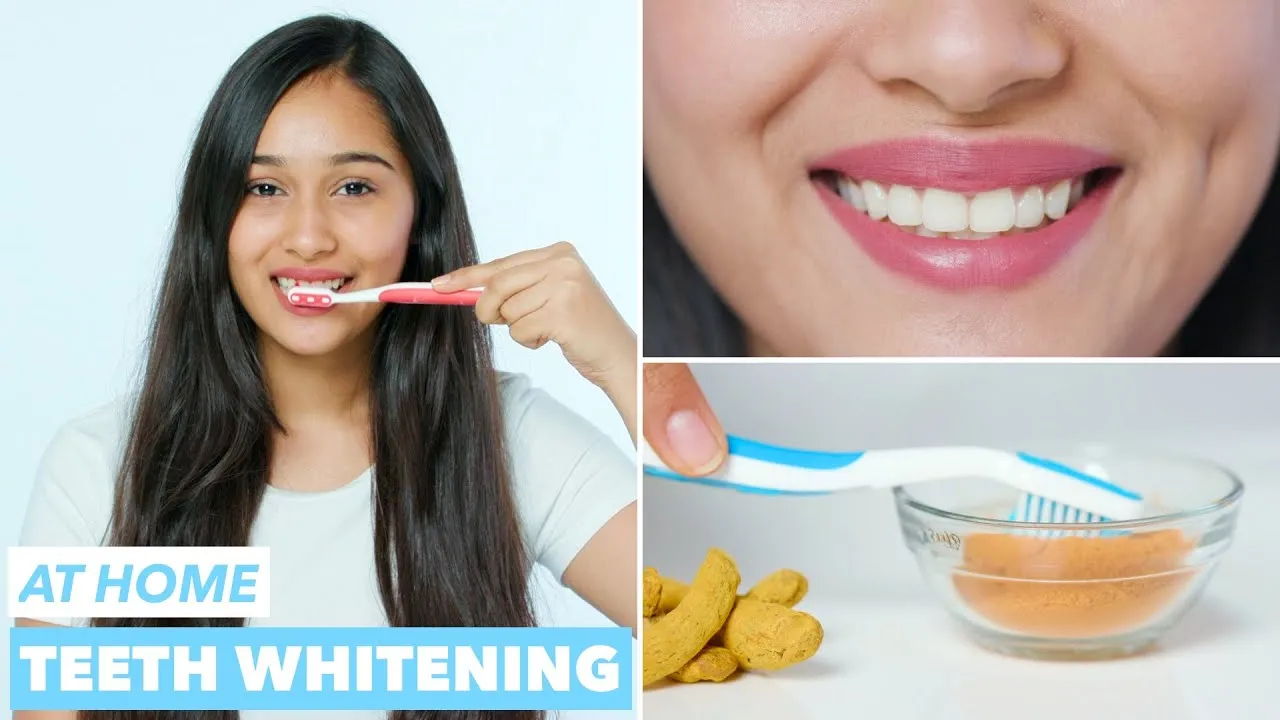
This classic combination is a popular choice for teeth whitening due to its abrasive and oxidizing properties. Baking soda acts as a mild abrasive, helping to scrub away surface stains. Hydrogen peroxide acts as a mild bleaching agent, helping to lighten the color of the teeth. This combination is generally safe when used in moderation. For optimal results, mix one tablespoon of baking soda with two tablespoons of hydrogen peroxide to form a paste. Gently brush your teeth with the paste for about two minutes, then rinse thoroughly with water. Use this method no more than once or twice a week to avoid damaging your enamel. It’s a good starting point for those new to at-home whitening.
How Baking Soda Works for Whitening
Baking soda, or sodium bicarbonate, is a mild abrasive that helps to remove surface stains from teeth. Its slightly grainy texture helps to physically scrub away stains caused by coffee, tea, and other pigmented foods and drinks. Baking soda also has natural whitening properties due to its ability to neutralize acids in the mouth. This can help prevent further erosion of enamel and reduce the buildup of staining agents. The abrasive nature of baking soda means it should be used cautiously. Overuse can lead to enamel erosion and increased sensitivity. Always use a soft-bristled toothbrush and brush gently to avoid damaging your teeth.
Hydrogen Peroxide’s Role in Whitening
Hydrogen peroxide is a mild oxidizing agent that effectively whitens teeth by breaking down stain molecules. When hydrogen peroxide comes into contact with the teeth, it releases oxygen, which penetrates the enamel and breaks down the stain-causing compounds. The concentration of hydrogen peroxide used in home remedies is typically much lower than in professional treatments, making it a gentler option. Hydrogen peroxide also has antibacterial properties, helping to kill bacteria in the mouth and prevent gum disease. To ensure safety, use food-grade hydrogen peroxide and avoid swallowing it. Rinse thoroughly after brushing to remove any remaining residue.
Remedy 2 Coconut Oil Pulling for Brighter Teeth
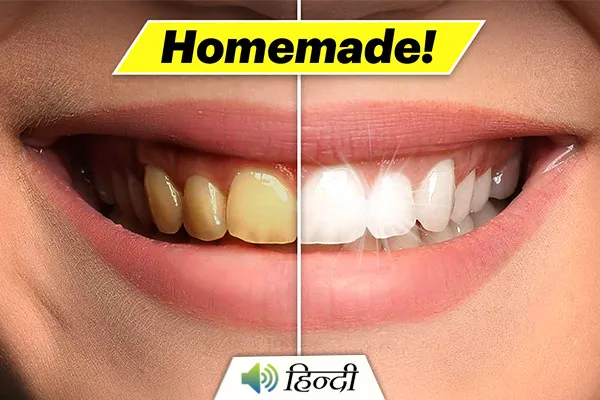
Coconut oil pulling is an ancient Ayurvedic practice that involves swishing coconut oil in your mouth to remove bacteria and toxins. While primarily known for its oral health benefits, many people claim it also whitens teeth. Coconut oil acts as a natural cleanser, helping to draw out impurities and reduce plaque buildup. This can lead to a brighter smile over time. For this method, take one to two tablespoons of coconut oil and swish it around in your mouth for 15-20 minutes. Spit out the oil (into a trash can, not the sink to avoid clogging pipes), and rinse your mouth with water. Follow up by brushing your teeth as usual.
The Science Behind Oil Pulling
The science behind oil pulling is based on the principle that oil can bind to and remove bacteria and toxins from the mouth. Coconut oil is particularly effective because it contains lauric acid, which has antibacterial and anti-inflammatory properties. When you swish coconut oil in your mouth, it binds to bacteria, plaque, and other impurities. As a result, the oil can help reduce the overall bacterial load in the mouth, leading to improved oral hygiene and potentially, a brighter smile. While the direct whitening effect is not fully proven, the removal of bacteria and toxins can contribute to the overall health and appearance of your teeth and gums.
How to Do Coconut Oil Pulling
To perform coconut oil pulling, start with one to two tablespoons of coconut oil. Swish the oil in your mouth for 15-20 minutes. Make sure the oil reaches all areas of your mouth, including between your teeth. It’s important to swish gently, as vigorous swishing can strain your jaw muscles. After 15-20 minutes, spit out the oil into a trash can or a designated container (not the sink) to avoid clogging your pipes. Rinse your mouth thoroughly with water. Finally, brush your teeth as usual to remove any remaining oil and bacteria. It is recommended to practice oil pulling on an empty stomach, ideally in the morning, before brushing your teeth.
Remedy 3 Using Activated Charcoal for Teeth Whitening
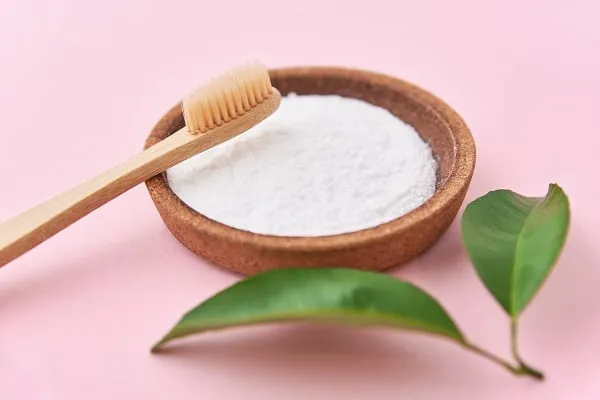
Activated charcoal is a popular teeth-whitening remedy due to its absorbent properties. It is made from a variety of sources, such as coconut shells or wood, and is processed to make it highly porous. The porous nature of activated charcoal allows it to bind to surface stains and remove them from the teeth. This can result in a noticeably brighter smile. To use activated charcoal, wet your toothbrush and dip it into the charcoal powder. Brush your teeth gently for about two minutes, focusing on all surfaces. Rinse your mouth thoroughly with water. The charcoal can be messy, so be careful not to stain your clothes or sink. It’s best to use it once or twice a week to avoid enamel erosion.
How Activated Charcoal Works
Activated charcoal works by adsorbing, or binding to, surface stains on your teeth. It is highly porous, creating a large surface area that traps stain molecules. As you brush, the charcoal particles help to gently lift away these stains, revealing a brighter enamel surface. Activated charcoal does not change the color of your teeth intrinsically, but it effectively removes extrinsic stains. The abrasive nature of activated charcoal means it should be used cautiously to avoid damaging enamel. Always brush gently and avoid excessive pressure. It is crucial to choose a reputable brand of activated charcoal that is food-grade and free of additives.
Using Activated Charcoal Safely
To use activated charcoal safely for teeth whitening, it’s essential to follow some guidelines. Use a soft-bristled toothbrush and brush gently to avoid abrasion. Limit the use to once or twice a week, as frequent use can erode enamel. Rinse your mouth thoroughly after brushing to remove all charcoal residue. If you experience any increased sensitivity, discontinue use and consult your dentist. It’s also a good idea to talk to your dentist before using activated charcoal, especially if you have sensitive teeth or dental work, such as fillings or crowns. Make sure to choose a high-quality, food-grade activated charcoal product from a trusted source. This will minimize the risk of exposure to harmful chemicals.
Remedy 4 Whitening with Lemon Juice and Baking Soda
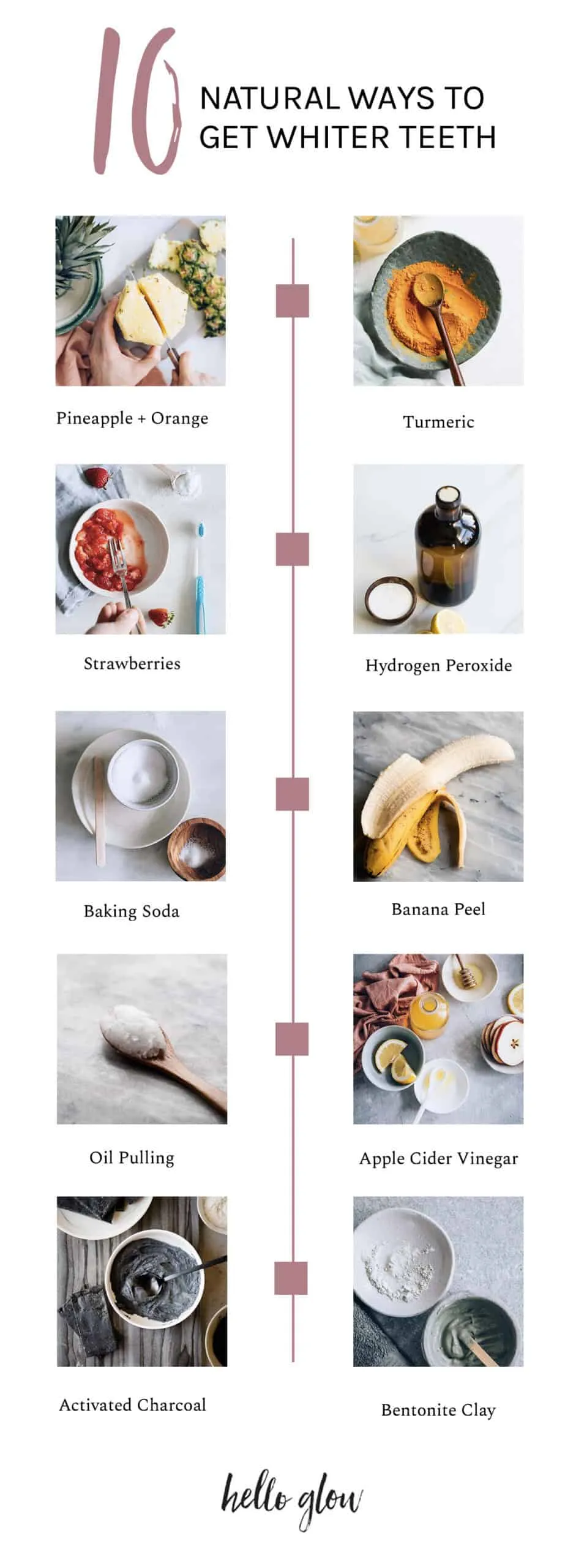
Lemon juice and baking soda is another home remedy that combines the abrasive and whitening properties of both ingredients. Lemon juice is acidic and can help to lighten the color of teeth, while baking soda acts as a mild abrasive to remove surface stains. To use this remedy, mix a small amount of lemon juice with baking soda to create a paste. Apply the paste to your teeth and let it sit for a few minutes. Gently brush and rinse thoroughly with water. Use this method sparingly, as the acidity of lemon juice can erode enamel. It is important to remember that the results may vary, and it is crucial to use this remedy with caution and moderation.
The Whitening Power of Lemon Juice
Lemon juice has natural whitening properties due to its high citric acid content. Citric acid is a mild bleaching agent that can help to lighten the color of teeth. The acidity of lemon juice can break down stains and dissolve some of the discoloration. However, the high acidity can also erode the enamel over time, making your teeth more susceptible to cavities and sensitivity. It’s essential to use lemon juice with caution and avoid prolonged contact with your teeth. Always rinse your mouth thoroughly with water after applying lemon juice to neutralize the acid and protect your enamel. Consider using lemon juice only occasionally, as it can cause more harm than good if overused.
Risks of Using Lemon Juice on Teeth
While lemon juice can offer some whitening effects, there are also significant risks associated with its use. The high acidity of lemon juice can erode tooth enamel, making your teeth more sensitive to hot and cold foods and drinks. Enamel erosion can also increase your risk of cavities. The citric acid can also irritate the gums and cause inflammation. Frequent or prolonged use of lemon juice can worsen the erosion of the enamel, which could lead to more serious dental problems. For these reasons, using lemon juice for teeth whitening is generally not recommended. If you decide to use it, do so very sparingly, and always consult with your dentist about potential risks.
Remedy 5 Apple Cider Vinegar for Whiter Teeth
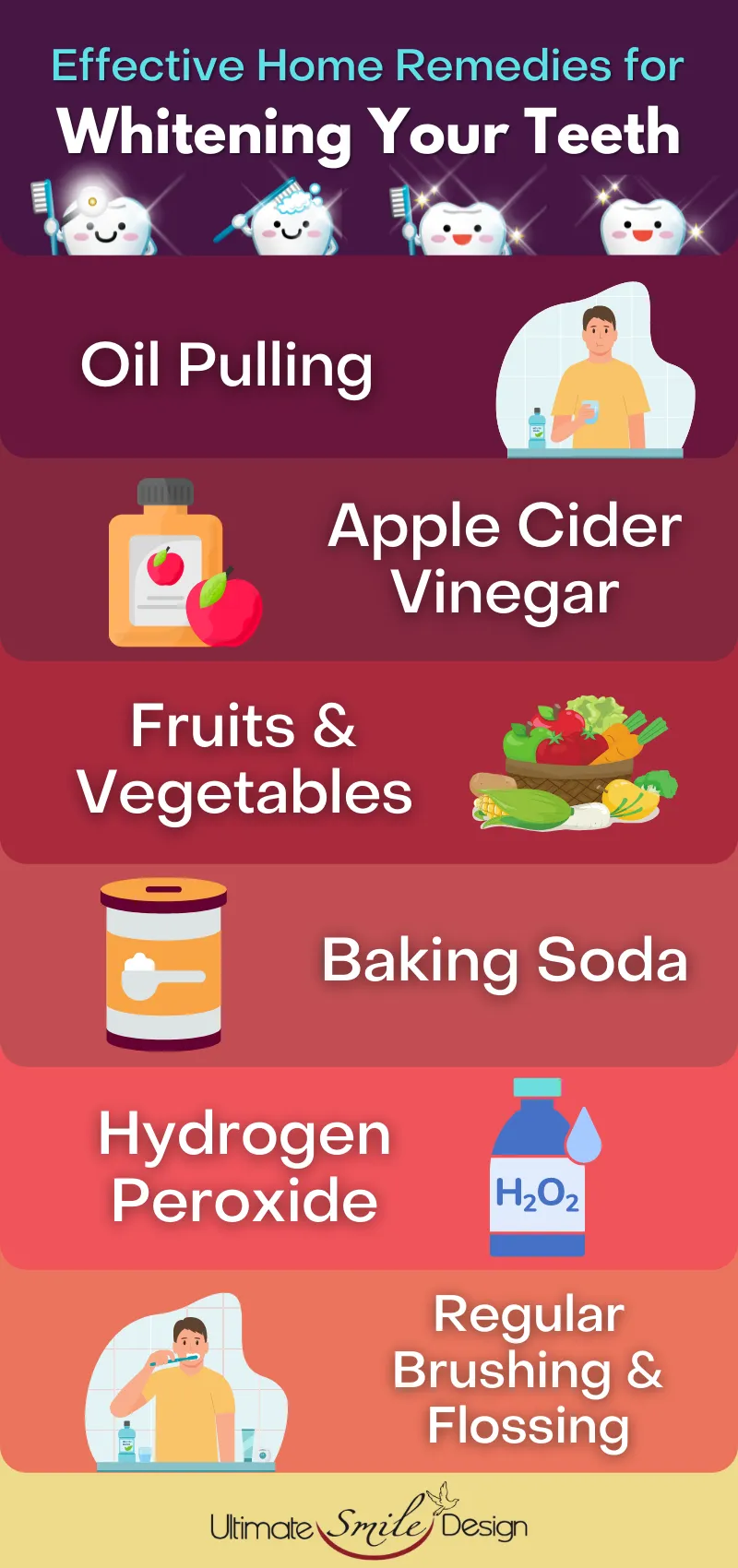
Apple cider vinegar (ACV) is a popular natural remedy with purported health benefits, and some people use it to whiten teeth. ACV contains acetic acid, which can help to remove stains and whiten teeth. To use ACV, mix it with water and swish it around your mouth for a short period. Rinse your mouth thoroughly with water afterwards. However, the acidity of ACV can also damage tooth enamel, so it is essential to use it cautiously. It’s not a widely recommended method for teeth whitening. As with other acidic remedies, the risks can outweigh the benefits if used improperly or too frequently. Therefore, it’s essential to proceed with caution and discuss with your dentist before use.
How Apple Cider Vinegar Works
Apple cider vinegar contains acetic acid, which can help to remove surface stains and brighten teeth. The acid in ACV can also act as a mild disinfectant, killing bacteria in the mouth. Some people believe that ACV can help to break down plaque and tartar buildup, contributing to a cleaner and whiter smile. However, the acidity of ACV is a concern. It can erode tooth enamel, making your teeth more vulnerable to decay and sensitivity. It’s essential to dilute the ACV with water and limit exposure to minimize potential damage. ACV should not be used as a primary method of teeth whitening. It should be used sparingly and with caution.
Safety Precautions for Apple Cider Vinegar
When using apple cider vinegar for teeth whitening, several safety precautions are crucial. Always dilute ACV with water before use. A common recommendation is to mix one part ACV with two parts water. Swish the diluted solution in your mouth for only a short period, such as 30 seconds. Rinse your mouth thoroughly with water after each use to neutralize the acid. Do not use ACV more than once or twice a week, as frequent exposure to the acid can damage the enamel. If you experience any sensitivity or discomfort, discontinue use immediately. Consult with your dentist before using ACV for teeth whitening, especially if you have existing dental issues or sensitivities.
Tips for Maintaining White Teeth at Home
Achieving a brighter smile is not just about using whitening remedies; it’s also about adopting habits that maintain your teeth’s natural whiteness. Regular brushing, flossing, and professional dental cleanings are fundamental. Avoiding staining foods and drinks and maintaining a healthy diet contribute significantly to keeping your teeth white. These tips can help to prevent stains from reoccurring and keeping your smile bright for the long term. Remember that consistency and a holistic approach are the keys to long-term success in achieving and maintaining a beautiful smile.
Brushing and Flossing for a Bright Smile
Brushing and flossing are the cornerstones of good oral hygiene and essential for maintaining a bright smile. Brush your teeth at least twice a day for two minutes each time using a fluoride toothpaste. Be sure to brush all surfaces of your teeth, including the front, back, and chewing surfaces. Flossing daily removes plaque and food particles from between your teeth, where your toothbrush can’t reach. This helps prevent stains and cavities. Using a soft-bristled toothbrush and gentle brushing techniques helps prevent enamel erosion and gum damage. Replace your toothbrush every three to four months, or sooner if the bristles become frayed. These simple habits can make a big difference in maintaining the whiteness of your teeth.
Dietary Changes for Teeth Whitening
What you eat and drink plays a crucial role in the color of your teeth. Certain foods and beverages are notorious for staining teeth. Limiting your consumption of coffee, tea, red wine, and dark-colored berries can help prevent stains from forming. If you consume these staining foods and drinks, rinse your mouth with water immediately afterward. Eating crunchy fruits and vegetables, like apples and carrots, can help to remove surface stains naturally. Include calcium-rich foods in your diet, such as dairy products and leafy greens. These foods strengthen enamel and help protect your teeth from staining. Make sure to drink plenty of water throughout the day to stay hydrated and wash away food particles.
Professional Teeth Whitening Options
While home remedies can provide some teeth-whitening benefits, professional treatments offer more dramatic and long-lasting results. Professional teeth whitening is typically performed by a dentist and can involve various methods, such as in-office whitening and custom-fitted whitening trays. In-office whitening involves the use of a high-concentration bleaching agent, often activated by a special light or laser. This can produce significant whitening in a single appointment. Custom-fitted whitening trays allow you to whiten your teeth at home under the guidance of your dentist. Your dentist will create a mold of your teeth and provide you with a whitening gel. These professional options are generally safer and more effective than home remedies and provide a more reliable solution. Consult your dentist to determine the best option for your smile.
In conclusion, several home remedies can help you achieve a brighter smile. While methods like baking soda and hydrogen peroxide, coconut oil pulling, and activated charcoal can provide some whitening effect, it is essential to use them with caution and in moderation. Remember to prioritize good oral hygiene practices, like regular brushing and flossing, and consider professional treatments for more dramatic and longer-lasting results. Before trying any home remedy, consult with your dentist to ensure it is safe and appropriate for your oral health. A radiant smile is achievable with the right knowledge and care.
